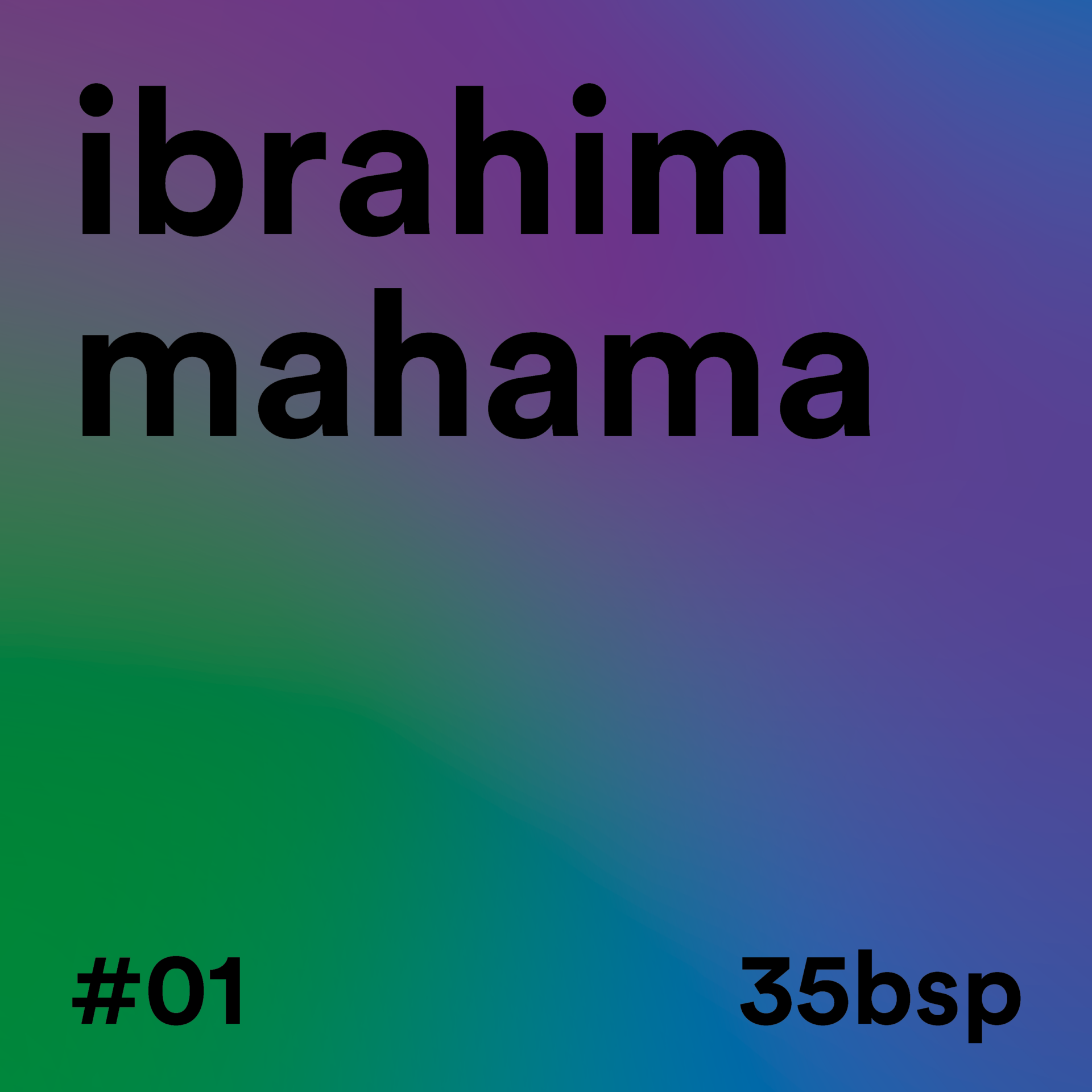
Ibrahim Mahama
We are in front of the installation of Ibrahim Mahama. He comes from the northern part of Ghana, from a town called Tamale, the third largest city in the country. He started studying art in high school. He was a figurative painter for many years until, in 2010, when he was traveling around the country a lot, looking at markets, old and abandoned spaces, he began to imagine how to rethink art in order to redistribute it. From there, he began creating sculptural installations involving jute bags on architectural structures, such as the National Theater in Accra, Ghana, or the Arsenale, at the 2015 Venice Biennale in Italy.
Ibrahim Mahama works with materials that tell a story of global economy and trade, crucial areas in his artistic research. In recent years, Mahama has established three cultural institutions in Tamale, Ghana, which seek to use history and architecture as educational tools: the Savannah Center for Contemporary Art, the Red Clay Studio and the Nkrumah Volini.
For the 35th Bienal, Mahama has conceived an installation that establishes a profound dialog with his previous work, also called Parliament of Ghosts. The space recreated here reproduces the stands made of red bricks in the hall of his RED CLAY studio in Tamale, Ghana. In the installation, there is also a set of typical Ghanaian vases and railroad tracks, a symbol of the English colonization of his country. This representation recalls the history of the Ghana Railway Company.
The work is divided into three parts which are spread across the floor of the Pavilion: the brick stand, the 146 vases and the train track.
The grandstand is rectangular in shape and covers around 150 square meters. Shaped like an arena, it has three levels of steps where people can sit. It is almost a meter high and was built with thousands of red clay bricks.
The 146 vases are next to the brick stand. They vary in height from 70 to 90 centimeters and are all terracotta with a dark brown color. Eighty of these vases were produced in Brazil and are replicas of the other 66 vases that came from Ghana. The vases that came from Ghana bear the marks of time, as they are old and have been dug up.
The track is a little further away from these two sets. It is 51 meters long and one meter and forty centimeters wide. It is a reference to the British company’s tracks that ran through what is now Mahama’s studio in Ghana. The long metal rails sit on dozens of wooden sleepers.
About his creations, the artist tells us: “You can’t think about making art without thinking about capital and economic situations. And the idea of pedagogy was inscribed in the work, in the way of doing it. And I used the work as a means of carefully selecting materials. And I became careful with the materials and why they were made, the stories inscribed in them and what potential they carry. So that’s basically the kind of work I do.”

 Português
Português